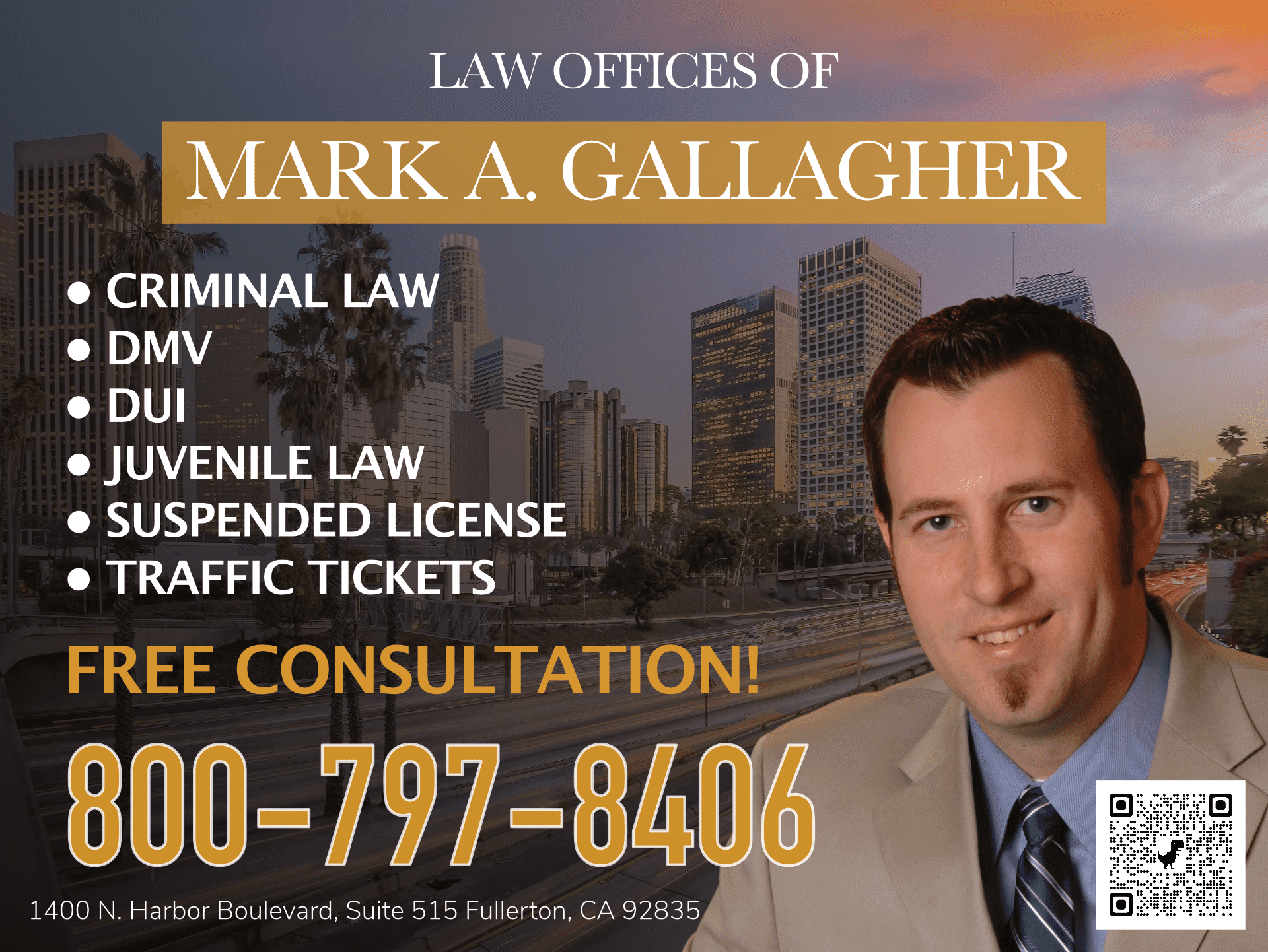What is the procedure of a DMV hearing?
If you were arrested for a DUI and have a California driver’s license, then you will have a hearing with the DMV to determine if your license will be suspended. Here, I will cover the procedure of the hearing.
Setup
First, there will be a dmv officer hearing your case and will decide if your license will be suspended or not. The DMV must prove that you were driving under the influence in order to suspend your license. The standard of proof is the preponderance of the evidence. In other words, more likely than not that you were under the influence.
Procedure of a DMV Hearing
1. Is the Recorder Working?
The officer will inform you that the proceedings are being audio recorded and will then test the recording equipment.
2. Cover the Issues
The officer will lay out the issues that the hearing will be focused on. The DUI that is pretty common is driving with a .08 blood-alcohol or more. The issues involved in these hearings are:
A. Did the officer have reasonable cause to believe the person was driving with .08% blood-alcohol in his/her system?
B. Was the person lawfully arrested?
C. Was the person driving with .08% blood-alcohol or more?
3. Who’s on the Phone?
The officer will ask the parties on the phone to identify themselves. If you are representing yourself then you will provide your name and your role in your case.
4. Identify Exhibits
The officer will then list the exhibits in your case. Exhibits can include the report of the officer that arrested you, evidence of driving, breath or blood results, notice of suspension, your driving record, and materials that the cop uses if he/she testifies.
5. Objections
After the officer allows the exhibits to come in as evidence, you can then raise evidentiary objections. The most common objections involve evidentiary objections. For example, one can object to the police report as being hearsay. One issue that occurs frequently is that the officer will overrule your objections and admit the exhibits as evidence.
6. Rest Case Against Driver
After the above matters are covered, the DMV officer will rest the Department’s case against the driver.
7. Your Turn
You will then have the opportunity to present your case. You can present reports, declarations, testify, and introduce any experts.
8. Examination
The officer can examine the evidence that you introduce as part of your case. If the officer elects to do so, then be prepared to answer questions about the evidence that you’ve introduced.
9. Summation
At the end of the examination, you can close your case by summary. This is a great opportunity to emphasize your strong points that will help your case.
10. “Under Submission”
The officer will then indicate that your case will be taken “under submission.” This is a fancy way to say that your case will be reviewed and a decision will be made at a later time regarding your license suspension.
We Can Help
If you’re facing a DUI charge, it’s imperative that you retain an experienced criminal defense attorney as soon as possible. Your attorney only has 10 days to request a DMV hearing in order to protect your driving privileges. As outlined in this article, a DMV hearing can be daunting to anyone having to go through the process alone. A top DUI attorney will help you every step of the way and will fight to get the best possible outcome for your case. The Law Offices of Mark A. Gallagher has successfully handled DUI cases in Southern California for over 20 years. You don’t have to go through this alone – call 800-797-8406 for your free consultation today!









